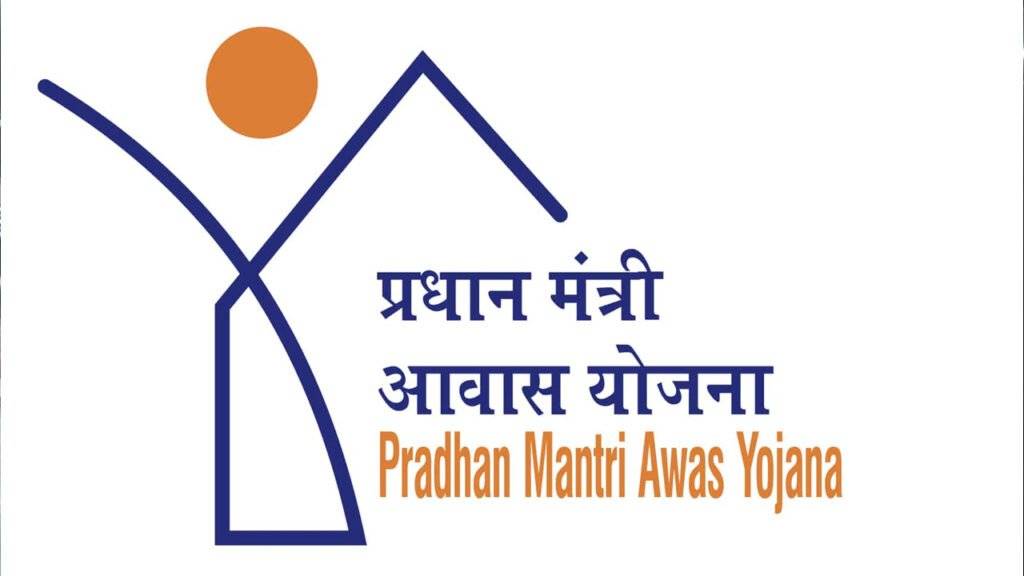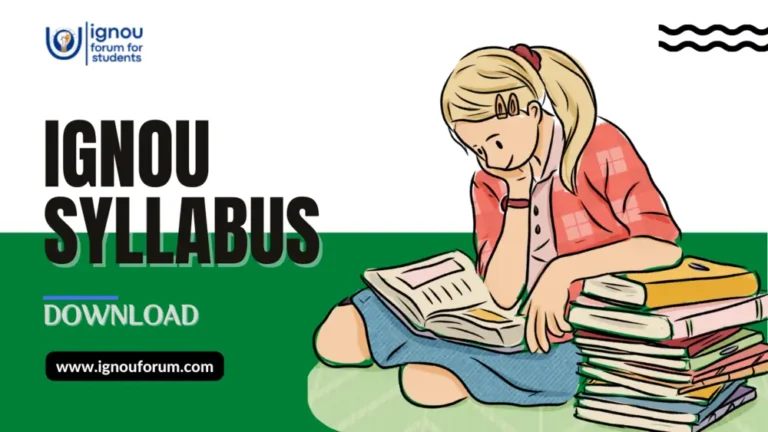Last Updated on August 19, 2023 by IGNOU Forum
The Housing for All scheme, also known as the Pradhan Mantri Awas Yojana (PMAY), is a government initiative in India launched in 2015 to provide affordable housing to all citizens by the year 2022. The scheme aims to construct 20 million houses in urban areas and 50 million houses in rural areas, providing subsidies and financial assistance to eligible beneficiaries. The scheme is targeted at economically weaker sections, low-income groups, and slum dwellers. The scheme is implemented in partnership with state governments and local urban bodies.

Objectives of Pradhan Mantri Awas Yojana
The main objectives of the Housing for All scheme (PMAY) are:
- To provide affordable housing to all citizens by the year 2022.
- To construct 20 million houses in urban areas and 50 million houses in rural areas.
- To provide subsidies and financial assistance to eligible beneficiaries.
- To address the housing shortage in the country, particularly for economically weaker sections, low-income groups, and slum dwellers.
- To improve living conditions and provide basic amenities such as water supply, sanitation, and electricity to the residents.
- To create employment opportunities in the construction sector.
- To involve private sector and involve PPP model in the construction and development of houses.
- To promote sustainable and green housing practices.
The scheme is implemented through various components such as credit-linked subsidy scheme (CLSS), affordable housing in partnership (AHP), beneficiary-led construction (BLC), and in situ slum redevelopment (ISSR).
How to apply for Pradhan Mantri Awas Yojana
To apply for the Housing for All scheme (PMAY), also known as the Pradhan Mantri Awas Yojana, you can follow the steps below:
- Go to the official website of PMAY: https://pmaymis.gov.in/
- Click on the “Citizen Assessment” link on the homepage.
- Fill in the basic personal and contact details, such as your name, address, and mobile number.
- Provide information about your existing housing status and the number of rooms in your current residence.
- Submit your application online.
- You will receive an acknowledgement receipt with a unique application ID.
- You may also apply through Common Service Centers (CSC) or by visiting the office of the Urban Development Department (UDD) of your state.
It is important to note that, to be eligible for the scheme, you must meet certain criteria such as income limits and citizenship status. Also, you may have to submit documents such as ID proof, income proof, and address proof as part of the application process.
Eligibility of the Scheme
To be eligible for the Housing for All scheme (PMAY), also known as the Pradhan Mantri Awas Yojana, you must meet certain criteria as follows:
Income limits: The scheme is targeted at economically weaker sections (EWS), low-income groups (LIG), and middle-income groups (MIG). The income limits vary depending on the category of the applicant and the location of the house.
Citizenship: You must be a citizen of India to apply for the scheme.
Residential status: You must be a resident of India for at least 3 years prior to the date of application.
Housing status: You must not own a pucca house in your name or in the name of any member of your family in any part of India.
Beneficiary-led construction: Under this component, the beneficiary should not own a pucca house either in his/her name or in the name of any member of his/her family in any part of India.
Slum dwellers: The scheme also targets slum dwellers, who must be residing in slums as per the definition of the state/UT governments.
Priority will be given to the women and differently abled, and also for the beneficiary who belongs to the SC/ST and OBC.
It is important to note that, the eligibility criteria may vary depending on the component of the scheme and the location. It is advisable to check the official website or the local urban development department for more specific information on the eligibility criteria.
Achievements of the Pradhan Mantri Awas Yojana
The Housing for All scheme (PMAY), also known as the Pradhan Mantri Awas Yojana, was launched in 2015 with the goal of providing affordable housing to all citizens by the year 2022. The scheme aims to construct 20 million houses in urban areas and 50 million houses in rural areas, providing subsidies and financial assistance to eligible beneficiaries.
- According to the government reports, as of 2021, the following achievements have been made under the scheme:
- Over 30 million houses have been sanctioned under the scheme, out of which over 13 million houses have been completed and handed over to the beneficiaries.
- Over 7 million beneficiaries have been benefited under the Credit Linked Subsidy Scheme (CLSS) for the economically weaker sections (EWS) and low-income groups (LIG).
- Over 1.5 million houses have been constructed under the Affordable Housing in Partnership (AHP) component.
- Over 4 million houses have been constructed under the Beneficiary Led Construction (BLC) component.
- Over 1 million houses have been constructed under the In Situ Slum Redevelopment (ISSR) component.
- Over 5 million beneficiaries have been benefited under the scheme in urban areas and over 2 million beneficiaries have been benefited in rural areas.
The scheme has also helped in creating employment opportunities in the construction sector and promoting sustainable and green housing practices.
It is important to note that, the scheme is still ongoing and the numbers are expected to increase as the scheme progress towards its goal of providing affordable housing to all citizens by the year 2022.
FAQ of Pradhan Mantri Awas Yojana
What is the Housing for All scheme?
The Housing for All scheme, also known as the Pradhan Mantri Awas Yojana (PMAY), is a government initiative in India launched in 2015 to provide affordable housing to all citizens by the year 2022. The scheme aims to construct 20 million houses in urban areas and 50 million houses in rural areas, providing subsidies and financial assistance to eligible beneficiaries.
Who is eligible for the scheme?
To be eligible for the scheme, you must meet certain criteria such as income limits, citizenship status, residential status, and housing status. The scheme is targeted at economically weaker sections, low-income groups, and slum dwellers.
How can I apply for the scheme?
You can apply for the scheme online through the official website of PMAY or through Common Service Centers (CSC), or by visiting the office of the Urban Development Department (UDD) of your state. You will need to submit your personal and contact details, and provide information about your existing housing status and the number of rooms in your current residence.
What documents do I need to submit as part of the application process?
You may need to submit documents such as ID proof, income proof, and address proof as part of the application process. The exact documents required may vary depending on the component of the scheme and the location.
What are the achievements of the scheme so far?
As of 2021, the scheme has achieved over 30 million houses sanctioned, out of which over 13 million houses have been completed and handed over to the beneficiaries. Over 7 million beneficiaries have been benefited under the Credit Linked Subsidy Scheme (CLSS) for the economically weaker sections (EWS) and low-income groups (LIG). Also, over 1.5 million houses have been constructed under the Affordable Housing in Partnership (AHP) component and over 4 million houses have been constructed under the Beneficiary Led Construction (BLC) component.
How the scheme is financed?
The scheme is financed through a combination of central and state government funding, as well as private sector participation through the Public-Private Partnership (PPP) model. Beneficiaries also have the option to avail of bank loans to construct or purchase a house under the scheme.







